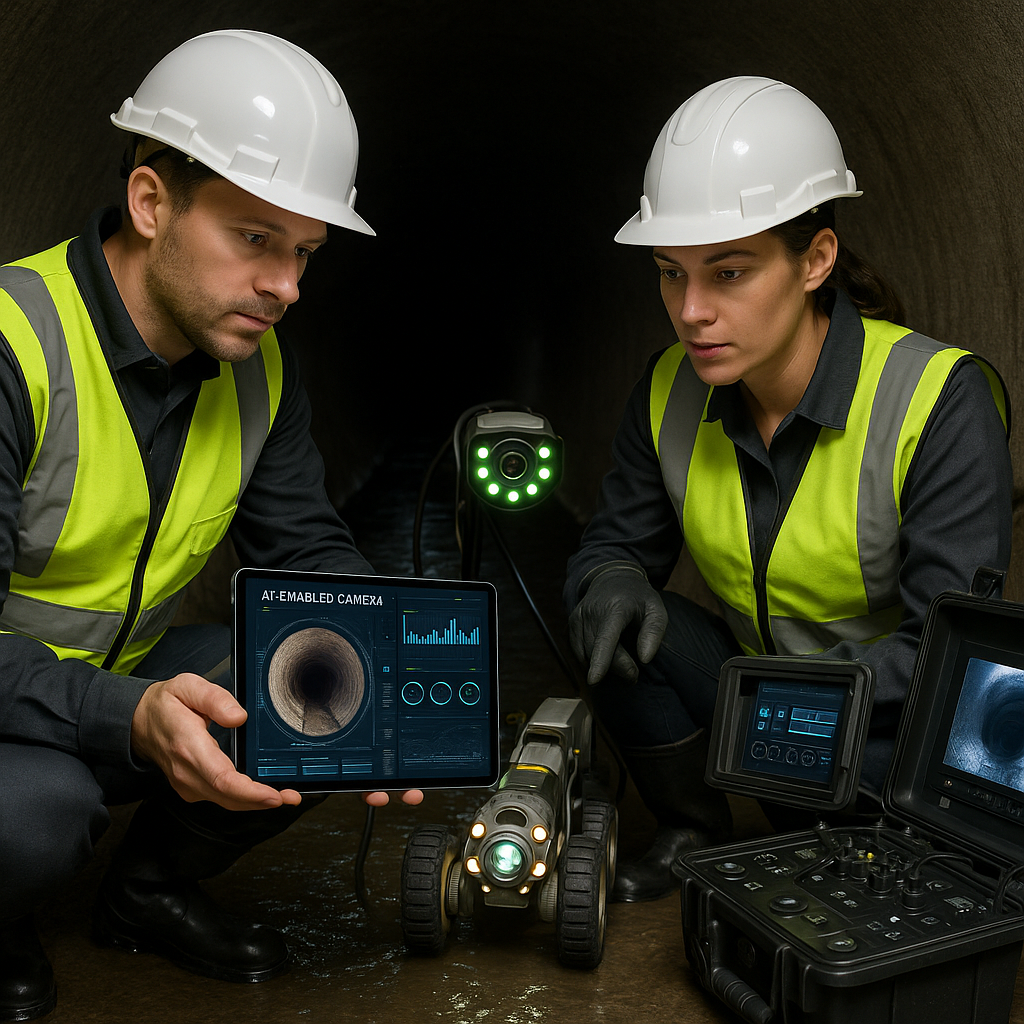2024 Sewer Inspection Pricing Trends Unveiled
Explore how new technologies and regulations shape sewer inspection pricing trends for 2024-2025.

2024 Sewer Inspection Pricing Trends Unveiled
Overview
The sewer inspection industry is undergoing transformative changes in 2024-2025, largely driven by technological advancements, stringent regulations, and evolving market dynamics. These factors are significantly influencing pricing trends, creating both challenges and opportunities for businesses within the sector.
Table of Contents
- Introduction
- Technological Advancements
- Regulatory Influences
- Market Trends and Business Opportunities
- Safety Protocols and Best Practices
- Case Studies and Success Stories
- Cost and Pricing Analysis
- Conclusion
- Practical Tips
Introduction
The sewer inspection industry is not immune to the sweeping changes seen in other sectors due to technological innovations and regulatory pressures. As cities grow and infrastructure ages, the demand for efficient, accurate, and compliant sewer inspections continues to rise. In this article, we delve into the key factors shaping sewer inspection pricing trends in 2024-2025, providing valuable insights for professionals in the field.
Technological Advancements
AI and Machine Learning
The integration of AI and machine learning into sewer inspection cameras and robotic systems is revolutionizing the industry. These technologies enable automated defect detection and predictive maintenance, reducing manual labor and enhancing accuracy. As a result, inspection costs are increasingly reflecting the sophistication of data-driven insights.
High-Resolution Imaging and ROVs
The adoption of 4K and ultra-HD imaging, along with remotely operated vehicles (ROVs) and lateral-launch crawlers, is significantly improving inspection capabilities. These advancements not only enhance the accuracy and efficiency of inspections but also reduce operational risks and costs. Consequently, providers can offer tiered pricing based on service complexity and data reporting sophistication.
Regulatory Influences
Stringent environmental regulations are prompting more frequent and compliant sewer inspections, particularly in urban and coastal regions where infrastructure is aging. Non-destructive testing (NDT) methods are becoming standard, influencing inspection frequency and pricing structures. This regulatory environment necessitates that businesses stay abreast of compliance requirements to avoid penalties and optimize pricing strategies.
Market Trends and Business Opportunities
The global sewer inspection systems market is projected to grow from approximately $390 million in 2024 to between $600 million and $800 million by 2030-2033. This reflects a compound annual growth rate (CAGR) of 5.5% to 7.5%. Factors driving this growth include urbanization, infrastructure modernization initiatives, and a shift from reactive repairs to proactive, data-driven maintenance strategies.
Safety Protocols and Best Practices
The use of robotic and remote inspection technologies is reducing confined space entry risks, thereby enhancing worker safety and lowering liability costs. Emphasizing predictive maintenance and data analytics allows for better resource allocation and minimizes costly emergency repairs. These improvements are indirectly affecting pricing models by promoting scheduled inspections over ad hoc interventions.
Case Studies and Success Stories
Leading companies such as RIDGID Tools, CUES, and Envirosight have introduced innovative products like the SeeSnake microDRAIN APX, OZ4-HD camera, and ROVVER X SAT II crawler. These products demonstrate improved inspection capabilities and operational efficiencies, setting new industry benchmarks and influencing competitive pricing.
Cost and Pricing Analysis
Pricing trends in sewer inspection reflect the growing adoption of advanced technologies and the increased value of data-driven insights. Traditional inspection methods, being more manual and time-consuming, are giving way to AI, high-resolution imaging, and cloud analytics. This shift allows providers to offer premium pricing for advanced inspection packages and comprehensive data analytics services.
Conclusion
The sewer inspection industry is at a pivotal point, with technological advancements and regulatory pressures driving significant changes in pricing trends. Businesses that embrace these changes and leverage innovations will be well-positioned to capitalize on new opportunities, offering enhanced services at competitive prices.
Practical Tips
- Invest in Technology: Incorporate AI and high-resolution imaging into your service offerings to enhance accuracy and efficiency.
- Stay Compliant: Keep up with regulatory changes to ensure your services meet the latest standards.
- Offer Tiered Services: Provide tiered pricing based on service complexity and data reporting sophistication to cater to varied client needs.